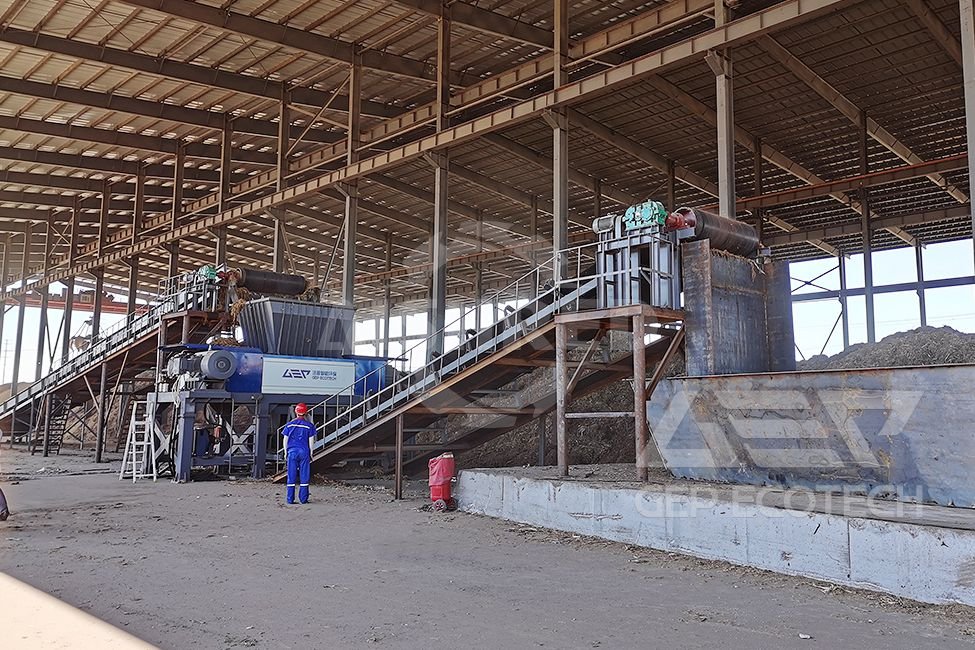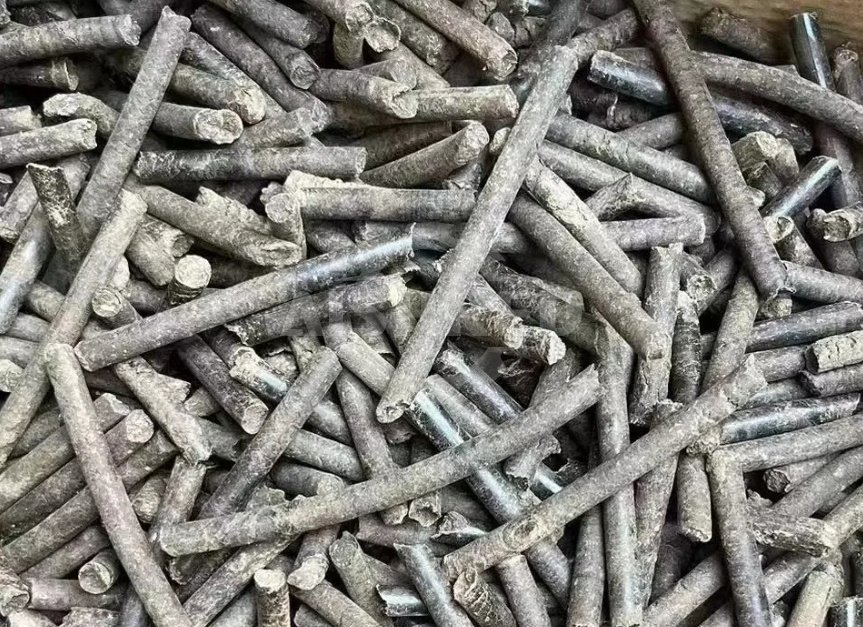Biomass straw pretreatment technology is an important preliminary step to convert the remaining straw after crop harvest (such as the stalks of crops such as corn, wheat, and rice) into energy or other high-value products. This technology changes the physical and chemical properties of the straw through physical, chemical, biological or combined methods to improve the efficiency and economy of its subsequent conversion process. The following are some key pretreatment technology features:
Physical pretreatment
1. Shredding and grinding: Mechanically reduce the size of the straw to increase its surface area for subsequent enzymatic hydrolysis or fermentation. As mentioned above, a double-shaft shredder is often used in this step, which can efficiently crush the straw to a suitable size.
AIShred biomass shredder drawing on European technology and innovative product design, crushes the material to a smaller particle size through the combined principles of shearing and shredding, and has a good crushing effect on square bales, round bales, and bulk materials.

2. Compression molding: The shredded straw is compressed into blocks or pellets under high temperature and high pressure, which is convenient for storage, transportation and use, and improves its combustion efficiency.

3. Steam explosion: Use high-temperature steam treatment and rapid decompression to loosen the biomass structure and improve accessibility.
Chemical pretreatment
- Acid-base treatment: Use acid or alkaline solution to treat straw to remove lignin or change the cellulose structure and improve the enzymatic hydrolysis of cellulose.
- Solvent extraction: Use organic solvents to extract lignin or hemicellulose, change the composition ratio of biomass, and optimize the subsequent conversion process.
Biological pretreatment
- Microbial fermentation: Use specific microorganisms to degrade lignin and hemicellulose in straw to improve the availability of cellulose. This usually involves selective cultivation or genetic engineering strains to improve efficiency.
- Enzymatic hydrolysis: Use cellulase and hemicellulase directly or in combination with other pretreatment methods to decompose cellulose and hemicellulose into monosaccharides, providing raw materials for subsequent biofuel production.
Combined pretreatment
In practical applications, multiple pretreatment technologies are often combined to achieve the best conversion effect. For example, physical crushing is first performed to increase the surface area, and then chemical or biological methods are used to further improve its accessibility.
Technical objectives and significance
The goal of biomass straw pretreatment technology is to reduce the energy consumption of subsequent conversion processes, improve conversion rates, and reduce the amount of enzymes or other chemicals required, thereby reducing overall production costs. The application of these technologies can not only effectively utilize agricultural waste and reduce environmental pollution, but also help promote rural economic development and provide important support for the development of renewable energy. It is one of the key technologies to achieve sustainable development goals. With the continuous advancement of technology and the reduction of costs, the conversion and utilization of biomass straw will play an increasingly important role in the global energy system.

